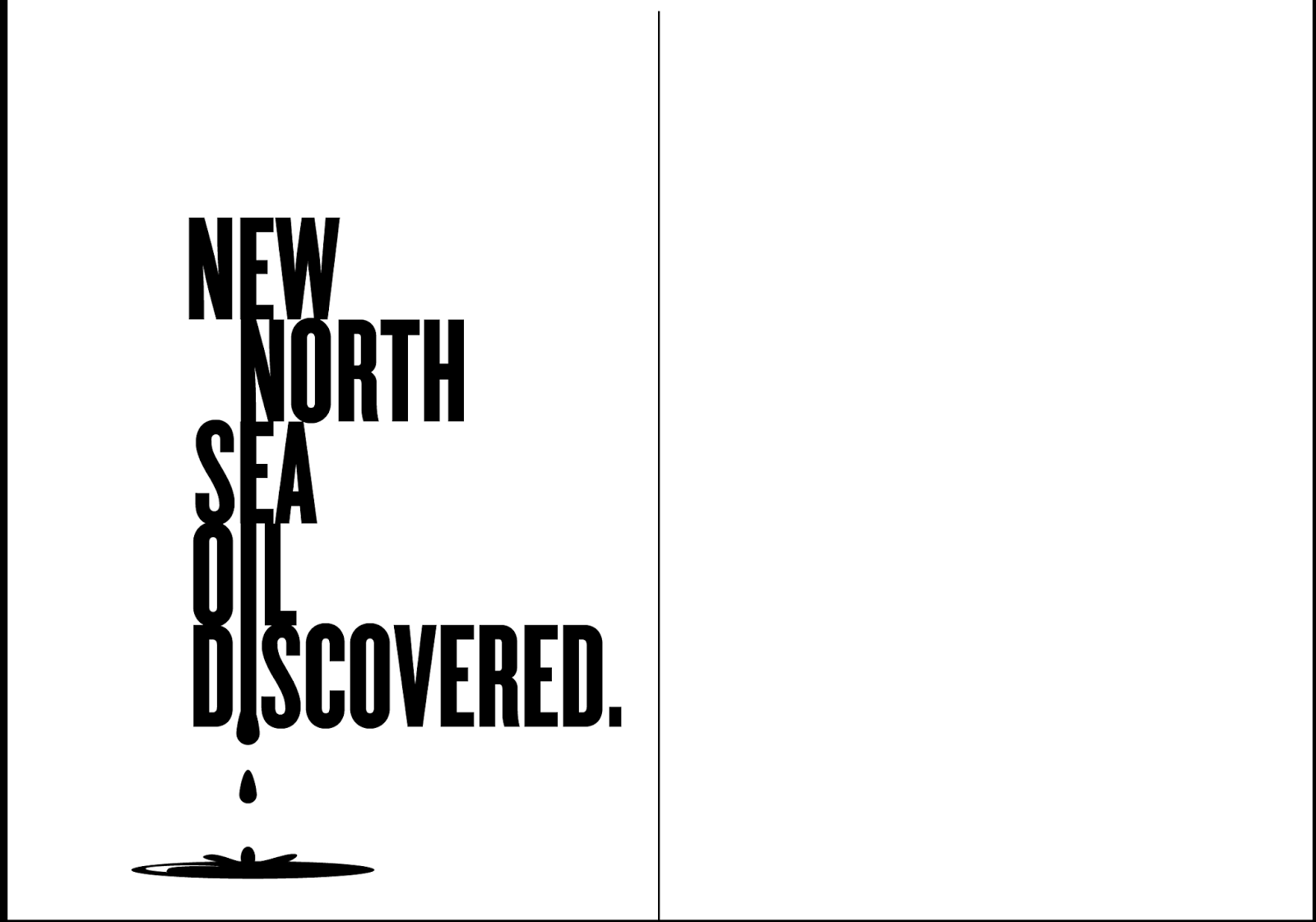Modernism
Is taking away the 'confusing, 'messy looking' 'busy' and old fashioned style of thinking in art and design. We replace it with 'simple' 'clear' 'refreshing' 'to the point' way of design.
Typography is the perfect example to explain the age of Modernism.
Typography in a modern style should relate to 'neutralism' and an eye pleasing design. Helvetica being the perfect example of a modernist typeface.
http://hdw.eweb4.com/out/982194.html
Looking back in time to advertisement, we come across the busy, messy, colourful splash of mixed fonts, images and colour all over a piece of work. from our our point of view now in this modernist age we see this way of thinking to be messy and unclear, almost fake in a way. Now we see that most advertisement work will use some style of crisp, bold and clear typeface to really get to the point of what is being advertised. Helvetica being the perfect example.
Below is a an image of Modernist work by Massimo Vignelli
(Massimo Vignelli, Bob Noorda. New York City Subway Guide. 1970)
http://www.moma.org/collection
It is perfect example of simple, clear and understandable informative design work. The fact that we can instantly tell what this is by glancing proves that it is. the Helvetica font used for the title strait away tells us what the piece of information is and what will be inside.
Post Modernism
Is the idea of the style coming after Modernism.
It is the style of design that relates to the modernism age but at the same time 'rejects it', Post Modernism is a reaction to modernism, it carries the same principles of being 'new', 'modern' and 'fresh'. It takes on both individuality and the logic of Modernism. So really we are experimenting with the idea of modernism, because we are wanting to express ourselves through out work but at the same time trying to stick to the current more preferred modernistic way of thinking.
Below is an example of Post Modernistic design work.
(San Antonio, Public library, Texas, designed by architect Ricardo Legorreta Vilchis)
https://www.boundless.com/art-history/
This is a perfect example of individuality and Modernism together, The building is the definition of Modernism but at the same time is still rejecting the idea of complete basic clarity and neutralism.






.png)














